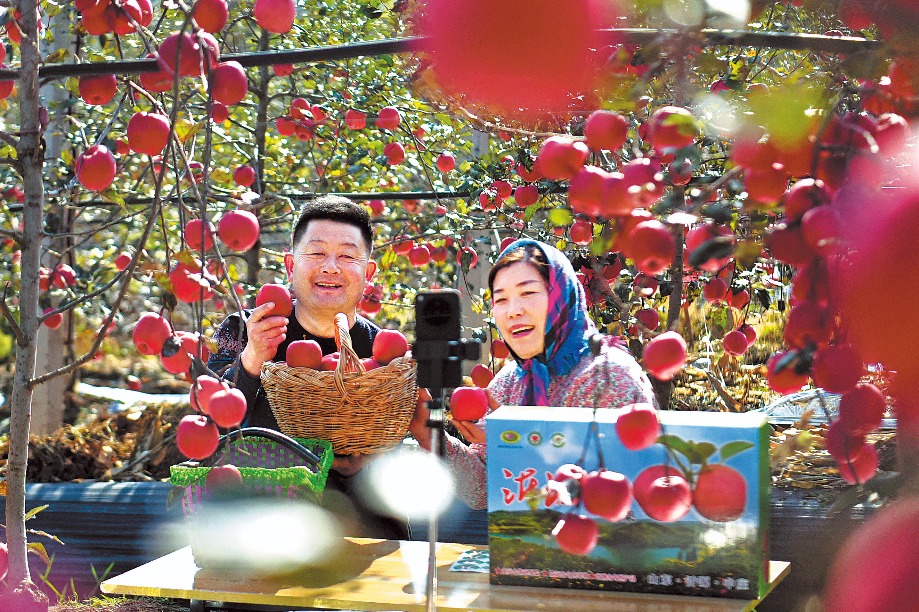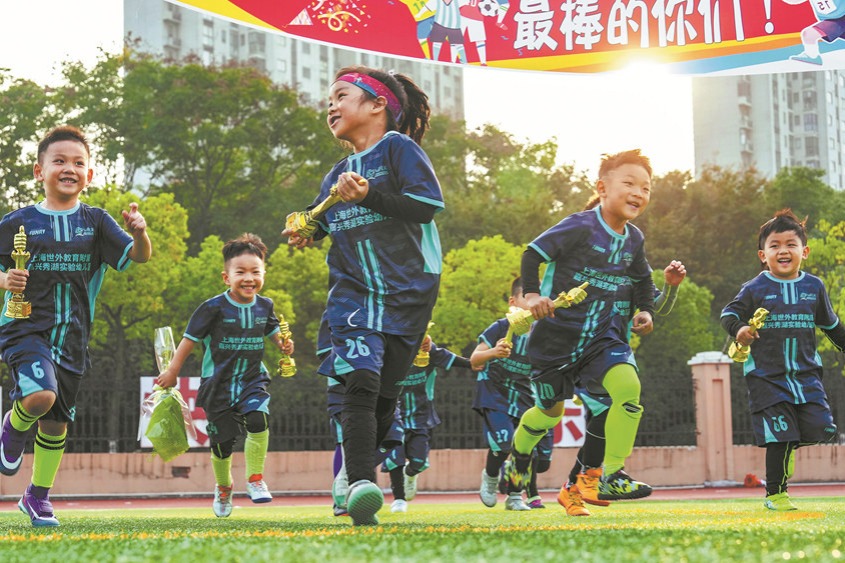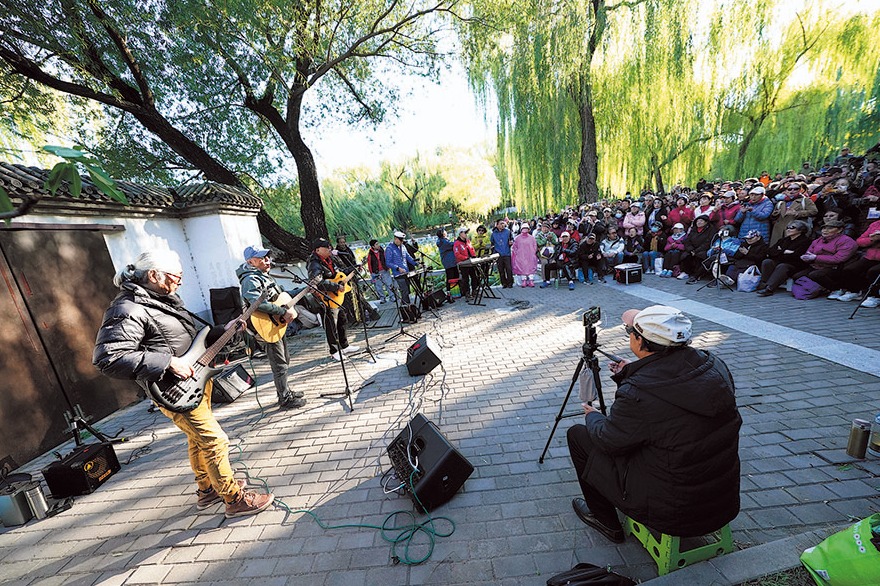Chinese medicine gives village a boost


NANCHANG-To treat a patient, a doctor has to look, listen, question and feel the pulse-four diagnostic methods of traditional Chinese medicine-before making prescriptions.
Wu Jun, 40, says he believes the traditional Chinese wisdom can not only cure patients but also poverty.
"Only through a thorough examination can we find out the root of poverty and eradicate it accordingly," he says.
Wu is an associate professor at the Jiangxi University of Traditional Chinese Medicine in East China's Jiangxi province. Two years ago, he was appointed as a poverty-alleviation Party official in Zhongyuan village at the mountainous border of Jiangxi and Hunan provinces.
As China has targeted eradicating absolute poverty in 2020 without a single person to be left behind, grassroots cadres and people are racking their brains to lift the remaining small number of impoverished people out of poverty.
By the end of last year, there were still over 5.5 million people living under the poverty line across the country.
Zhongyuan village, home to 443 households, has barren soil and few industries. "A woman who married a Zhongyuan man would regret it forever on the remote barren mountain," as an old saying goes.
In 2016, one year after the university was assigned to assist with the village's development, local villagers were encouraged to grow white lotus, which was used in TCM to treat diarrhea and improve sleep.
Last year, the white lotus plantation area reached 17.3 hectares, with the sales revenue reaching nearly 1 million yuan ($141,910). The poverty-alleviation team from the university also introduced machines for lotus nut processing.
Apart from the farming yield, local farmer Liu Huiping earned more than 1,000 yuan per month from the lotus processing workshop.
Liu, 44, was diagnosed with cervical cancer in 2014 and fell into poverty because of the high medical costs. She also had a bed-ridden younger brother to take care of.
"Since we have a local industry now, I am able to get work at home," says Liu, one of the villagers who had shaken off poverty.
Wu and his team also guided farmers to grow gualou-a kind of gourd species used in TCM herbs to treat cough and constipation.
According to Wu, gualou is easy to grow, and once the gourds are grown, farmers will have yields for three years in a row, bringing 30,000 yuan per hectare every year.
Zhou Langjiao, one of the formerly impoverished farmers, described the gourd as "gold fruit".
"Its skin and root are great components for TCM herbs. The fruit pulp is not only good for health but also brings fortune," she says.
Zhou became the breadwinner of her family after her husband got stomach cancer in 2008.
With the help of the cadres, Zhou also set up her own brand for agricultural and sideline products, such as chestnuts, pepper sauce and sweet potato vermicelli, which are sold online.
After Wu and his team found more than 80 percent of poor households in the village were connected to high medical costs because of diseases, they established a therapy center, where villagers could receive free thermal moxibustion.
Hou Jihua, also from the university, said the center had become the most popular place in the village.
"We hope villagers will be aware of the importance of health so as to reduce the poverty rate caused by diseases," Hou says.
In 2017, Jiangxi started covering 90 percent of medical expenses in cases of major diseases for impoverished households, an important measure to prevent sick people and their families stricken by poverty.
Over the past year, the per capita disposable income among the poor villagers in Zhongyuan surged by 21.3 percent to 12,800 yuan, decreasing the number of impoverished households from 16 to two by the end of 2019.
"The remaining two households are expected to finally shake off poverty this year," says Wu.




































